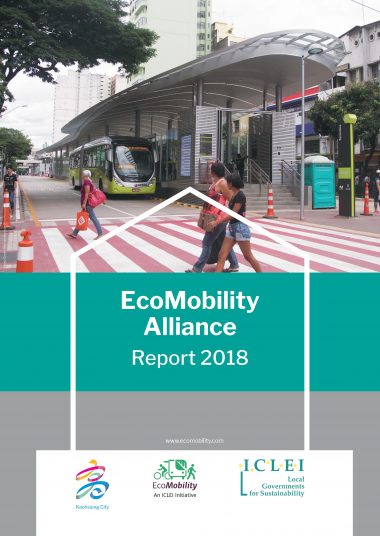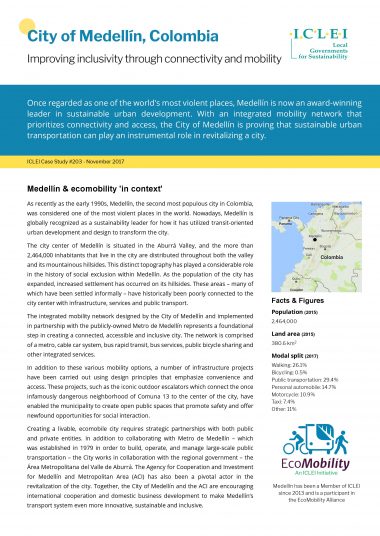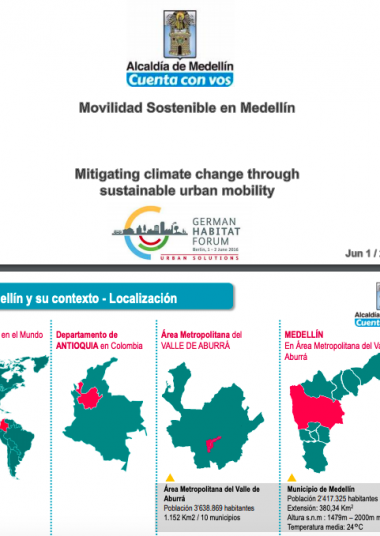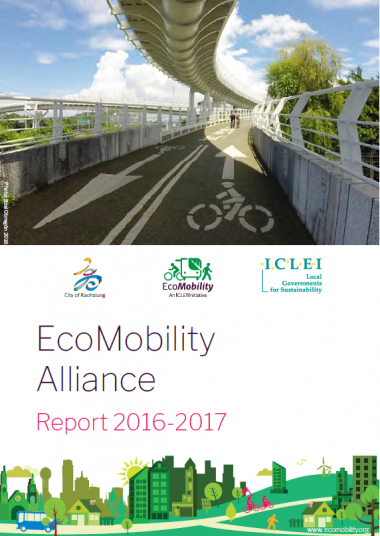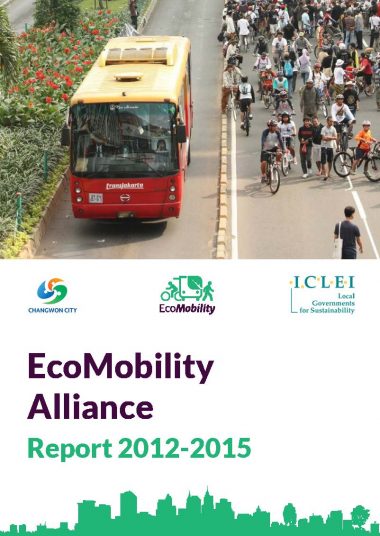Once notoriously known as the world’s most dangerous place Medellín, the second largest city in Colombia, transformed itself to one of the most innovative and sustainable cities in the world in just 20 years. What was the key to such a radical urban and social transformation that redefined the city? Public transport.
The construction of the metro and cable car became a defining moment for the city as it integrated the poorest and most violent hillside neighborhoods into the city center in the valley below. The public transportation system has since expanded over the years to include trams, outdoor escalators, BRT, and the new bike-share system, EnCicla. It is also complemented by the new transportation project (Transporte Público de Medellín, TPM) whereby urban buses are provided to connect the hillside residents to the main public transportation stations. Under this initiative, several changes have been completed:
- Remodeled 506 public buses with cleaner technologies, reducing emissions by 4,066 tons of CO2 and 5.4 tons of PM2.5
- Improved 232 buses to enhance comfort for people with reduced mobility
- Redesigned 887 buses with a new image so that commuters can better identify the coaches they should use
Improving road safety and air quality through tactical urbanism and vehicle restriction
Medellín’s Human Mobility Management serves to promote clean transport alternatives and create a culture that supports ecomobility. This public policy places pedestrians at the top of the mobility pyramid and classifies tactical urbanism as the perfect strategy for a safe mobility system. Tactical urbanism is a general term used to describe low-cost and brief changes to the built environment in cities. This tactical urbanism project focused on locations with high vehicle traffic and with various interventions costing between 1,700 and 17,000 USD. These interventions took between one and three months to implement, including signaling works, reducing road widths, installing furniture, planting trees, drawing artistic works on the ground, and reorganizing traffic lights to give priority to pedestrians. Quick interventions like this generated easy wins. The mortality of pedestrians and motorcyclists reduced drastically. For example, there were no accidents recorded in the Laureles neighborhood of the zone of Consolata in 2018, where generally at least 11 road accidents occur monthly.
The Mayor’s Office of Medellín and Metropolitan Area of the Aburrá Valley (AMVA) share the responsibility of improving the air quality of the city through an integrated air quality management plan (PIGECA 2017 – 2030). One of the achievements is the Operational Plan for Atmospheric Contamination Episodes which was adopted in October 2018. It mandated vehicle restriction according to the numbers on license plates, with the goal to reduce the concentration of PM2.5 and protect the health of residents. Furthermore, all public and private companies with more than 200 employees must formulate a Sustainable Mobility Plan taking account strategies such as work at home, car sharing/pooling, flexible schedule and establish quantitative goals to reduce fuel consumption and some trips. As a result, universities and companies are creating their carpooling systems, hoping to reduce 2,000 vehicles each day.
A success urban transformation story
Medellín’s social innovation through sustainable urban mobility is based on collaboration between the business sectors, universities, communities and the municipal for the construction of long-term public policies. While equity was the catalyst of the city’s journey towards urban transformation, the city now focuses on electrifying public transport, including 60 BRT bus fleets and 500 taxis by 2019. It also aims to have 10 percent of the city’s vehicles to run on renewable energy by 2030. Medellín’s story of urban transformation proves that transportation is integral for even economic development and social equity.
